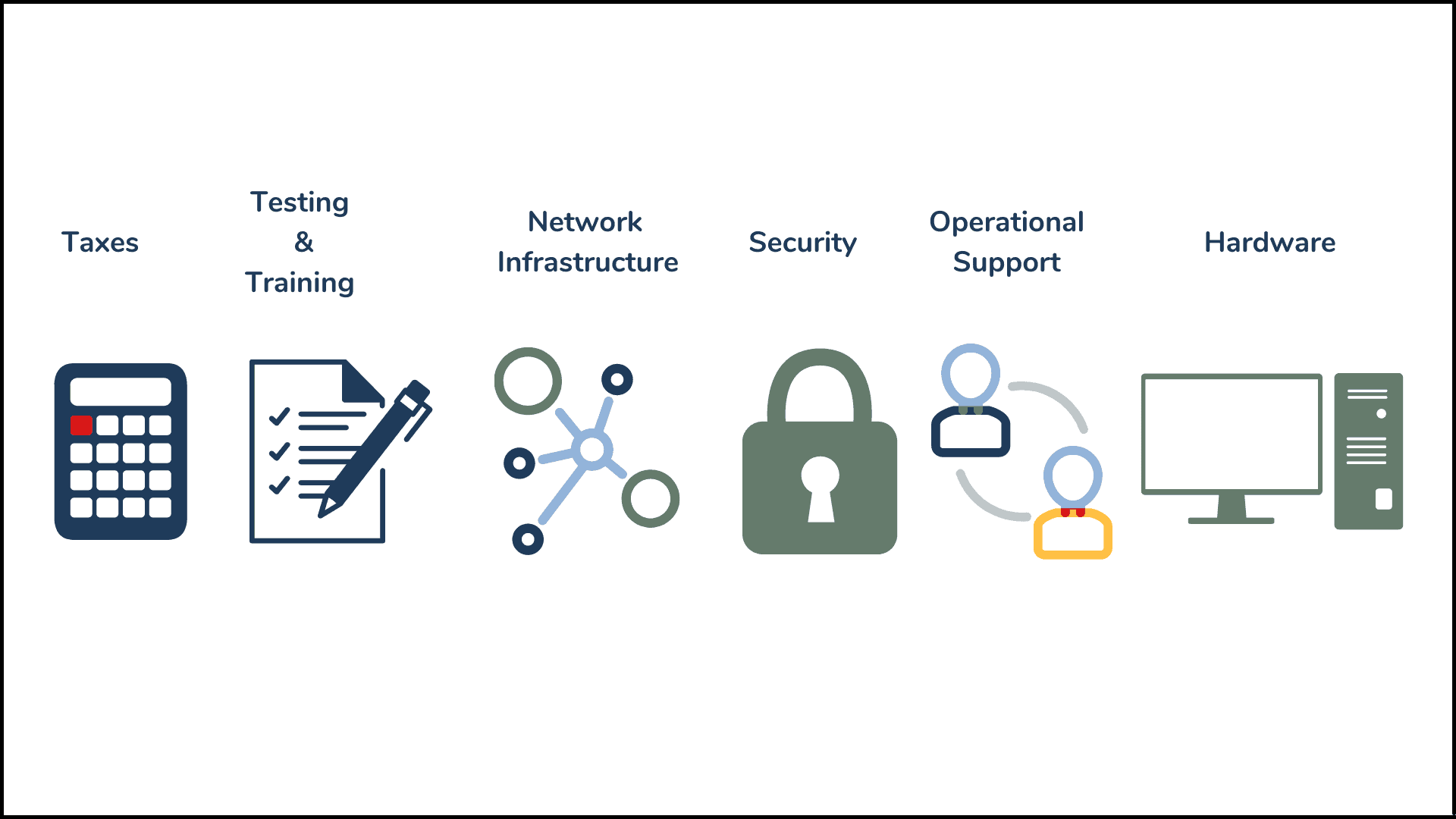If you’ve been on a buying committee for an enterprise tech solution, chances are high that you’ve experienced buyer’s remorse at some point. It’s easy to understand why – the process of purchasing enterprise technology can be overwhelming and daunting. There are countless solutions to choose from, it’s hard to validate cutting-edge tech, the vendor seems like they’ll just say yes to anything, and getting internal alignment can be tricky. It seems like the buying process is stacked against you.
To avoid this, a buyer-centric process must be in place. This process ensures that each step of the purchasing journey aligns with the unique needs and goals of your organization. In this post, we outline a step-by-step approach on how to make sure your buying process is best for you, not the vendors.
I. Create Project Principles:
The first step to building a buyer-centric decision process is to create project principles. These guiding principles ensure that your technology purchase will meet the needs of the organization. To create project principles, you must:
– Identify project goals and objectives from all stakeholders. This will help you understand how the technology will support your entire organization’s mission and fight the inertia of staying on an old solution.
– Establish success metrics. These are the measures you will use to evaluate how well the technology is meeting your organization’s goals and objectives. Prioritize and weight the goals and objectives you collected to determine which are most important, and how the buying committee will define “success” when working toward these goals.
– Determine project scope and constraints. Before you even begin researching technology and reaching out to vendors, define the resources and limitations that will be needed to complete this buying process.
II. Craft Specific RFPs:
Most enterprise purchases include an RFP (Request For Proposal). Most companies fall into a trap of including every possible demand and scenario in an RFP. This is a problem – an RFP that is too broad dilutes information and makes it harder for you to tell what a vendor can actually do. On the flip side, a well-crafted RFP enables vendors to provide proposals that are specific to the individual requirements of your organization. To do this, you should:
– Prioritize key requirements in the beginning of the RFP. These are the technical and non-technical requirements that the technology must meet to be considered.
– Focus on how vendors are different: Ask questions about how vendors differentiate themselves from providers. This helps your committee determine the best fit vendor for you.
– Provide detailed technical specifications. These specifications ensure that vendors understand the organization’s technical requirements and limitations. They also help weed out vendors that can’t meet your needs.
III. Engage with Vendors Beyond the Sales Team:
When you buy technology, you’re doing more than just buying a technical solution. You’re buying a relationship. After the contract is signed, your relationship shifts from the sales team to the delivery team. Consider how this team meshes with your company. To do this, you should:
– Schedule meetings with product experts and technical support. These meetings will provide your organization with a deeper understanding of the technology’s features and functionality.
– Define the account management and support team structure before contract signature. This helps you determine if the vendor team is right for you.
– Request references and case studies. These will offer your organization insight into the technology’s performance in real-world applications.
IV. Prepare for Implementation Before Contract Signing:
You only start realizing value on your purchase after it’s implemented. Before signing a contract, it’s essential to understand the vendor’s role in getting the technology up and running. To do this, you should:
– Develop an implementation plan and timeline for you, rather than taking the vendor-led approach. This will provide a strategy to rolling out the technology that meets your needs, not the vendors.
– Determine resource and training needs. This will ensure that your organization has the appropriate resources and training in place to successfully implement the technology.
– Coordinate with internal stakeholders. Make sure everyone involved in the technology understands the plan before signing a contract. A good vendor will wait until you’re ready.
While having a buyer-centric decision process doesn’t eliminate all the pain of buying tech, it makes the overall purchase easier for you and your organization. By following the steps outlined in this post, you’ll feel better going into your buying journey and have more control over what you buy. A buyer-centric decision framework takes power away from the vendor and increases the chances that your purchase is successful and your stakeholders are happy. Invest the time and effort into implementing this process to avoid buyer’s remorse and ensure a successful and productive enterprise technology investment.


.png)



